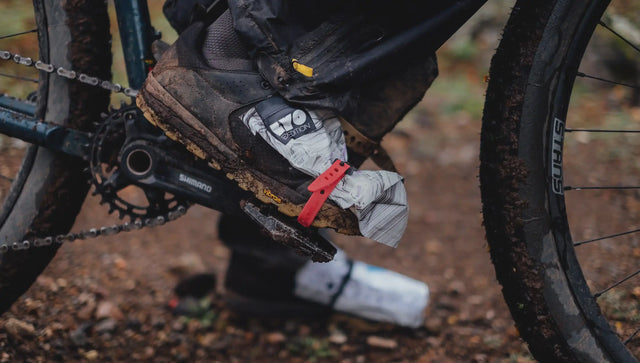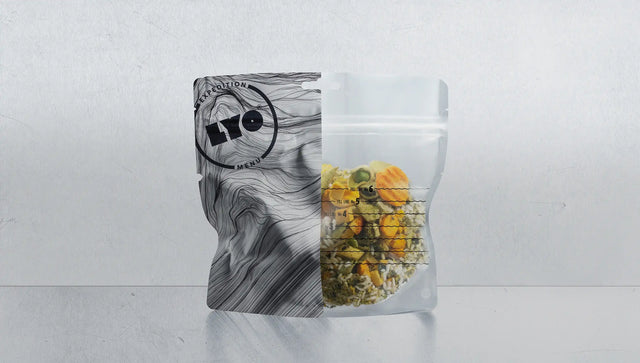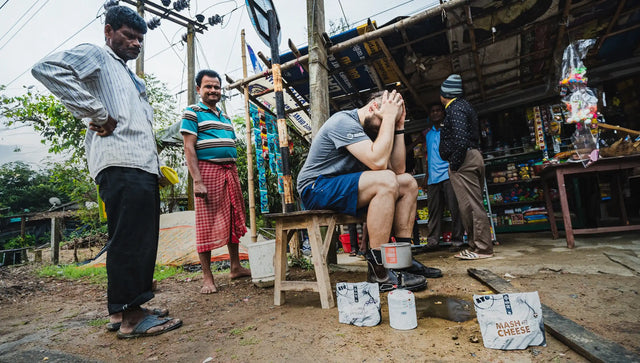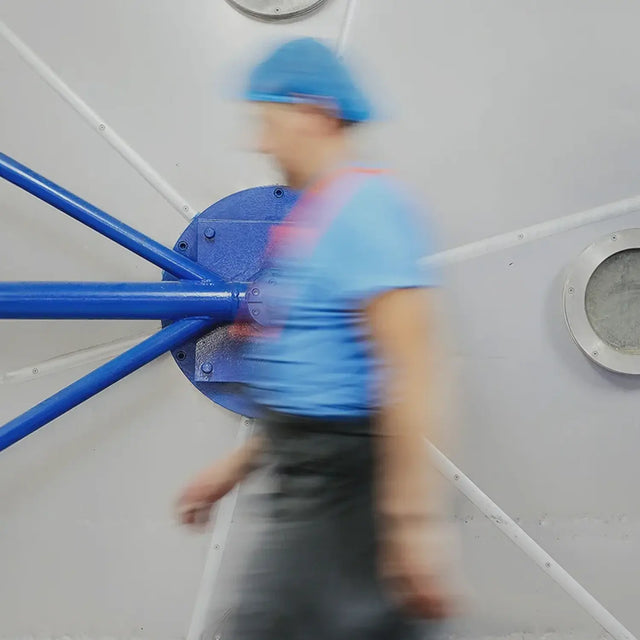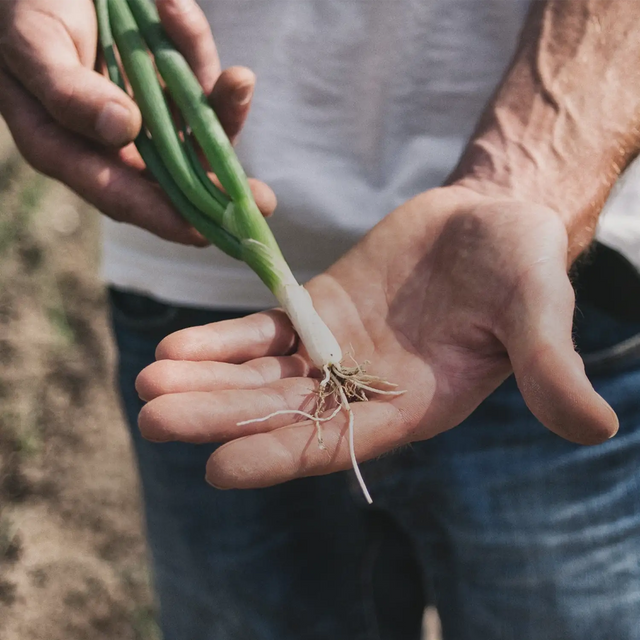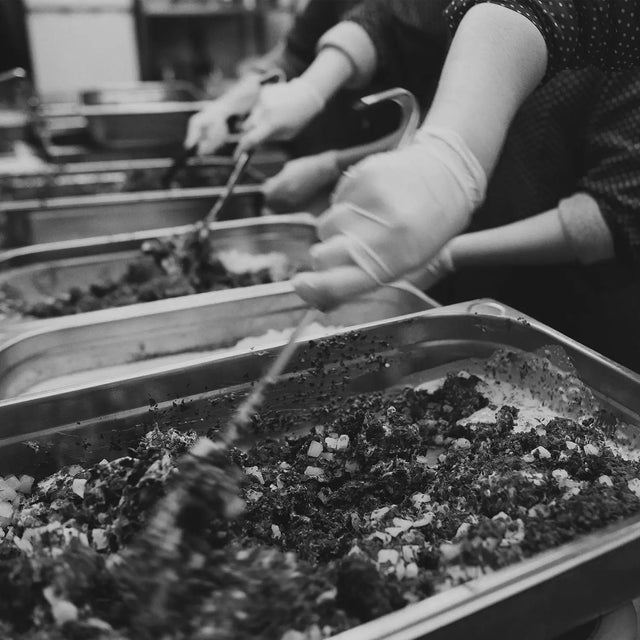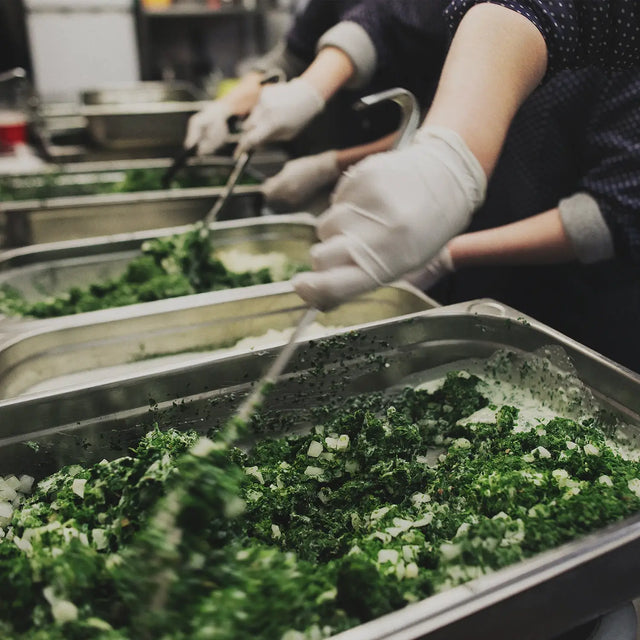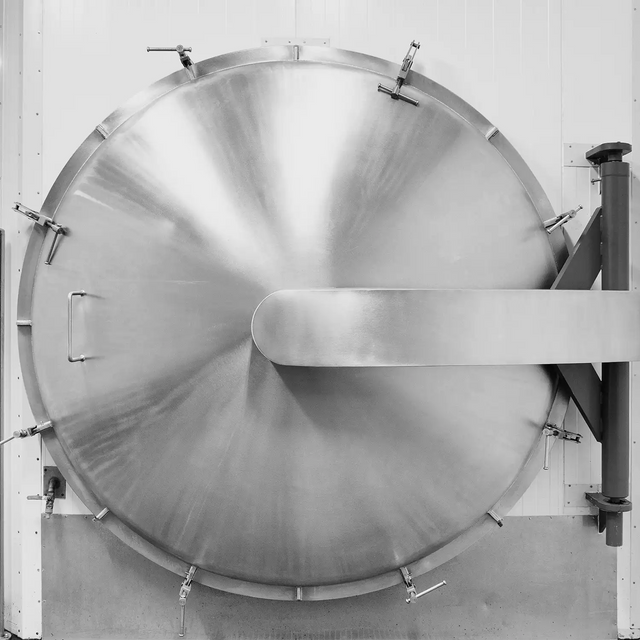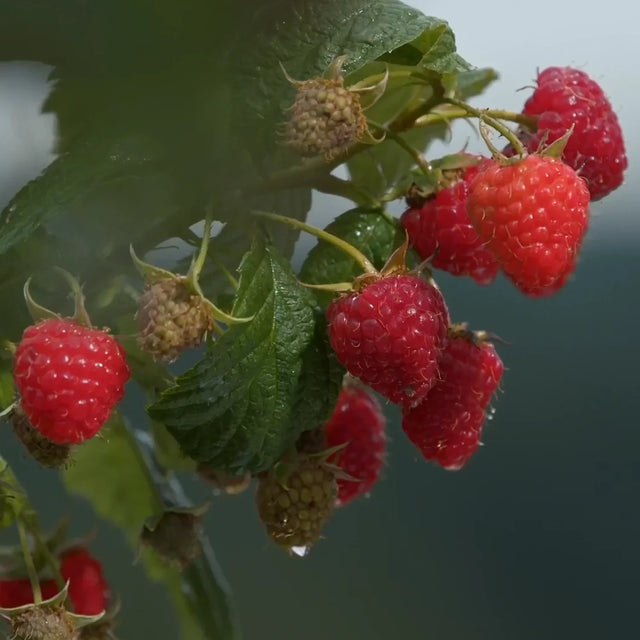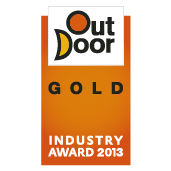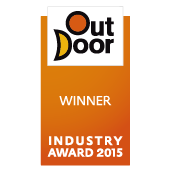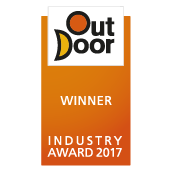This topic has been a source of frustration for us for years. However, now that words like “sustainable,” “biodegradable,” and “eco-this” or “eco-that” are being attached to every new product, even the most unnecessary gadgets, and even though the way these products are made has nothing to do with sustainable growth or eco-friendly practices, our frustration has reached a whole new level.
We've decided to include this section to share our thoughts and what we’ve learned over the years.
Whenever a subject raises strong emotions, it's always good to look at the numbers. So let's do some math to clear things up.
Agriculture ranks as the second most environmentally impactful industry in the world, with meat and dairy products topping the list of the most environmentally taxing foods. Packaging accounts for only 2% of the total CO₂ emissions of a given food product, and CO₂ emissions are just one piece of the entire puzzle. There is also soil degradation, water consumption and pollution, biodiversity loss, food waste generation, and more — the list goes on.
If we want to make environmentally conscious decisions, our utmost attention should be directed towards the type of food we choose and how it is produced, rather than what it is wrapped in.
Focusing all our attention on this 2% of just one element of a complex puzzle seems irrational, but this is exactly what often happens. It’s easy to fall into the greenwashing trap of environmentally friendly packaging. With heavy marketing that uses the façade of recyclable, compostable, or plastic-free packaging materials, our attention is drawn away from the product itself. Blinded by eco-positive claims about the surface, we stop asking the most important questions about what’s beneath it, such as, “Is the product itself sustainable?” or “Does the company produce according to the UN’s Sustainable Development Goals?”
Packaging, as an integral part of the final product, should not be considered or assessed separately.
Evaluating packaging without the context of the food it contains can lead to completely misleading conclusions.
Let’s say we’ve stopped at the fresh produce corner of our grocery store. We see a mango, meticulously yet somewhat nonchalantly wrapped in kraft paper, stamped with: "Out of respect for nature, we hand-pack each mango in compostable paper."
Let’s assume there’s even a valid certificate number. So, we pick up this wonder of sustainability and think, "Wow, this is great, even better than necessary..." STOP. Let’s pause and rethink. We have a mango with its thick protective skin, delivered in sturdy cardboard boxes that further protect it during transportation. And then, we have this thin, fancy paper wrapping which... does what exactly?
Yep, out of respect for our reader’s intelligence, we won't drag this out. Let’s just say that maybe Mother Nature made that mango skin thick so we could save some trees, water, energy, and cut a bit of CO₂ emissions by not producing that thin, compostable-certified, and completely unnecessary paper wrapping.
It is plain and simple,
our pouches are made with a triplex laminate containing two different types of petroleum-based polymers, commonly known as plastics, as well as a layer of aluminum in-between. As a result, the bag is neither compostable nor recyclable, and in our opinion, this is the right choice.
Here's why...
The food we produce has many great advantages. Freeze-drying technology superbly preserves flavor, texture, and over 90% of nutrients – no other food preservation method can match that. It extends shelf life many times over without the need for preservatives (and we’re talking years, not months). Freeze-dried food is easy to store and transport because it’s ultralight and doesn’t require specific temperature or humidity control.
All of these benefits come with one condition – high-barrier packaging.
Freeze-dried food is highly hygroscopic, meaning it readily absorbs moisture from the air if exposed. When this happens, we start losing all its benefits. Flavor and structure deteriorate, nutrients degrade, and microbial growth rapidly shortens shelf life. We end up losing food and wasting all the resources used to produce it: soil, water, energy, and human time and effort.
In our lab, we always have a bunch of freeze-dried fruits packed in the latest laminates that we are constantly testing. Unfortunately, current recyclable mono-materials or petroleum-free compostable laminates do not cut it. Their moisture barrier is either too weak to begin with or lacks long-term stability.
To sum up, in the case of our products, using currently available compostable or recyclable packaging would have a far greater negative environmental impact than using a non-recyclable, petroleum-based laminate that is just 0.12 millimeters thin but keeps our food safe and sound for years.
Because we are neither brain dead nor doing this for marketing, we won’t use any 'green' certified packaging unless it actually helps to make the products you purchase more sustainable, not less.
1. Don't just skim the surface of the issue, don’t get emotional. Ask for facts and do the math. This will save you from making a mountain out of a molehill.
If the packaging of a food product is compostable or recyclable, that’s great. However, keep in mind that packaging is just a small percentage of the total environmental impact. Look beyond the packaging itself and don't let it cloud your overall judgment.
2. To make a conscious decision, you need to consider the topic from a broader perspective.
Sustainable packaging does not necessarily equate to a sustainable product. Some products require protection that compostable solutions cannot provide, and insisting on such packaging might result in negative outcomes. Conversely, some products can benefit from compostable or even edible packaging, which can enhance their sustainability. And for some products, packaging might not be necessary at all.


